With the progress of Omni Channel retailing trends, eCommerce has become a significant and inevitable part of selling and purchasing services and products today. Online marketing, web-based inventory systems, digital and mobile storefronts, as well as electronic transfer of funds are just a few of the varied facets of e-commerce platforms. E-commerce business is based on diverse mobile apps, software apps, and unified integrated systems.
eCommerce giants like Amazon, Target, Best Buy, and Walmart, are increasing their engineering efforts to boost their e-platforms further. However, setting up an E-commerce system is a complicated process and subject to various market-centric variables. Hence, to maintain the integrity of the eCommerce system, eCommerce Automation testing becomes crucial. A thoroughly tested and well-built E-commerce website is likely to engage and garner high user engagement and lead to the highest traffic and business return.
Robust automated test management plays a major role in this situation. Automated testing automation helps in quick time to market while a robust test case aids to make the entire process more effective. Test automation can aid to determine the mandatory changes and take proper actions. Automating front- and back-end procedures for checking and testing purposes can more or less help enhance the overall quality and robustness of an e-commerce channel. This involves:
- Ensuring the accessibility of a web store from an end-user perspective
- Continuous evaluation of the operational status of the complete channel
In fact, automated tests for e-commerce sites integrated with mobile and web applications are a crucial need for retailers who have executed tailored e-commerce solutions.
Table of Contents
Statistical Overview
Stats depicts that the eCommerce sector is estimated to count for around 18.1 percent of international retail sales in 2021. As it stands now, the no. of persons buying digitally is 2.14 billion. Statista’s current report says, between 2019 & 2025, the complete e-commerce software app market would rise by over 1.2 billion $. This trend is estimated to remain in the coming decades, with e-commerce sales reaching 6.5 trillion dollars or around 22 percent of retail sales globally by 2023.

What is eCommerce testing?
eCommerce test is described as testing of an eCommerce (online shop) application. It assists in the control of bugs and adds value to the product by making sure of conformity to client necessities. The prime purpose of testing is to make certain:
- Software quality
- Software reliability
- System Assurance
- Optimum capacity and performance utilization
With such an emerging market, businesses or key players should leverage dissimilar technologies and testing tools to improve the efficiency and accuracy of mobile apps to offer a flawless UX. This article will discuss how to perform test eCommerce sites to cover essential features and make certain that the website does not fail to meet user expectations.
Why is it vital to perform automatic tests on eCommerce sites?
eCommerce system is very complicated. The end-user only checks the catalog, basket, and checkout, nevertheless, there is much more going on under the surface. All eCommerce websites will also include an admin panel and integrations with external services like Pimcore, Akeneo, and MS Dynamics AX, as well as additional services like price comparison tools and payment gateways.
The complete site necessitates an in-depth approach and a test strategy that protects against any unpredicted actions that may fail to make sales and a loss of clients. eCommerce sites tend to develop dynamically, which additionally complicates the examination of delivered quality and the delivery of fresh solutions. In such cases, automatic testing comes to the rescue. They are an essential element to maintaining a better quality website that moves at a speedy pace.
Checklist for E-Commerce Testing
Crucial elements and test cases for e-Commerce site tests are described below.
Home Page

The home page is the prime page interface where a visitor lands. The user-friendly screen empowers the complete website and hence the QA specialists must scrutinize and test the traits of the home page appropriately.
Here are some important things to scrutinize −
- Is it going to auto-scroll?
- Can we hover over it?
- How long will it take for the image to be refreshed?
- Is it possible to click on each page? If yes, then check if it takes us to the right page and with the right deal.
- Is it possible to hover and view the rest of the content?
- Does it deliver in a similar way in varied browsers and distinct screen resolutions?
2. Search as well as Navigation

Website search and navigation are two crucial revenue-generating significant factors used by users to explore and make the correct buying decisions. Thus, ensuring no bugs gives a faultless user experience.
Here are some important things to scrutinize −
- How many results per web page should be reflected?
- Are there any choices to navigate to multi-web page results?
- Check search results have to be related and significant.
- Check distinct sort options have to be accessible based on products’ Price, Brand, ratings or reviews/ etc.
Besides, searching should be done in a variety of locations. When confirming this functionality, please study the search drilling down into several levels.
3. Product Details
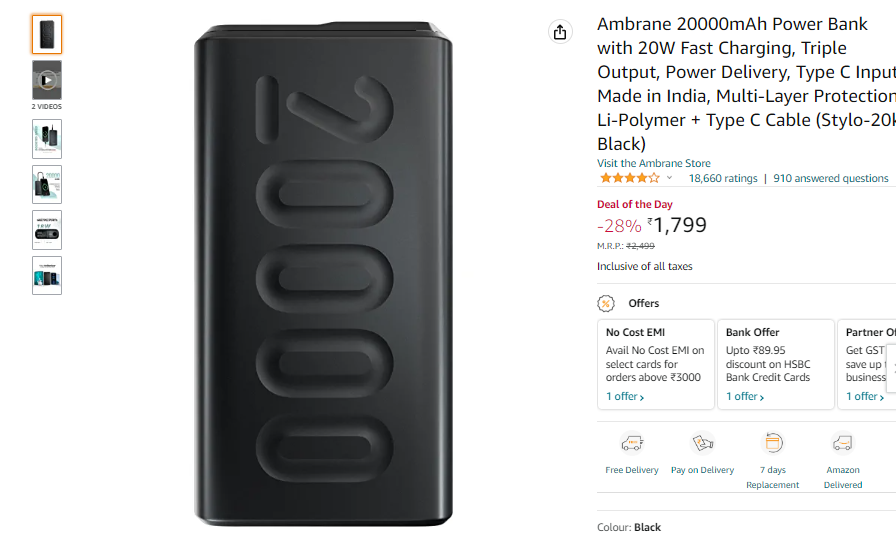
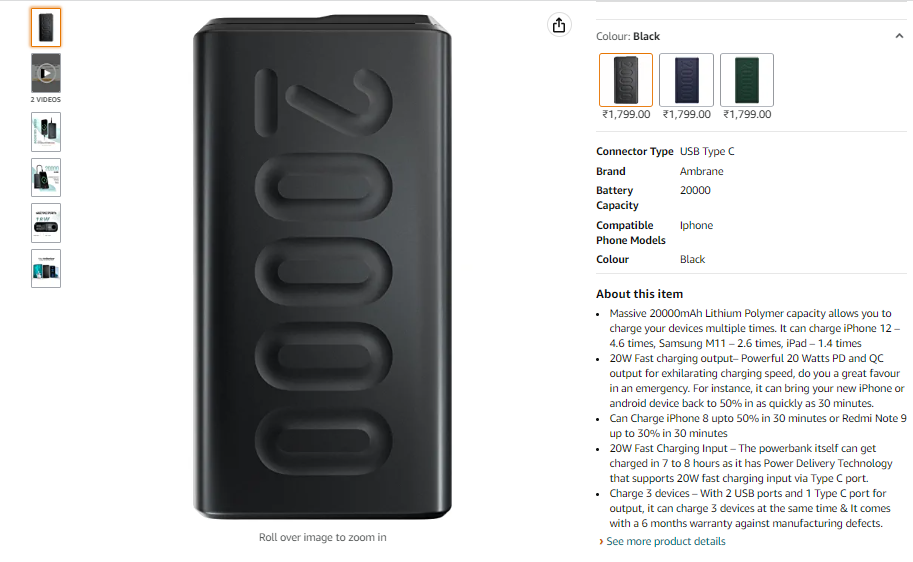
Scrutinizing and testing the product description webpage is crucial during performance tests of the E-commerce website. Also, without a perfect product description page, an e-commerce web app is imperfect as buyers will shy away from partial information.
The visitor will be taken to the product information web page after finding an item through search, hovering, or clicking on it from the home page.
Here are some important things to scrutinize −
- The product’s images or image
- The Product Reviews
- The product’s cost
- The Product Specifications
- Consider your substitutes
- Information related to shipping
- Options for delivery
- Availability (out-of-stock or in-stock)
- Options for multiple variations or colors
- Check images or images of the items/ products
4. Shopping Cart
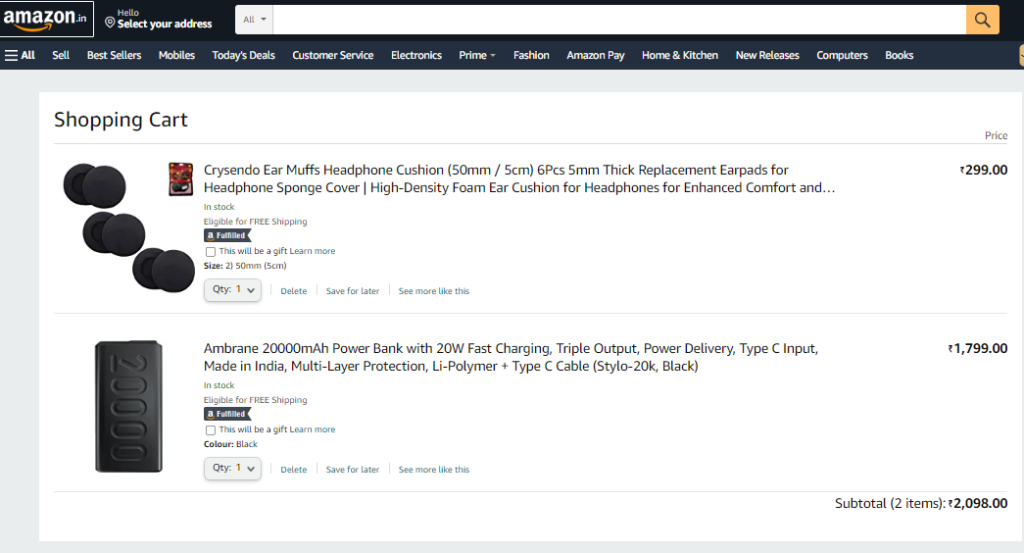
My cart or shopping carts are one of the crucial traits of an eCommerce website, and this necessitates thorough tests. It lets the users effortlessly select and store numerous items in their shopping cart and buy them all at once as per their selection. This is the end phase before the user makes a buying decision.
Here are some important things to scrutinize −
- Check whether continuing shopping is easy or not after adding goods to the cart.
- Check in the cart, all goods and their totals are perfectly visible.
- Check whether the location-based taxes are applied.
- Check when a consumer adds new products to their cart, whether the total items are remaining the same or not.
- Check the removal of the products from the shopping cart can be easily done or not.
- Verify whether to proceed to the payment page or not.
- Verify proper use of coupons
5. Checkout & Payment Procedure
When any system includes the payment procedure, it is better to test and takes extra protective measures. Unsuccessful or failed transactions are the core reason why the majority of customers/users exit a site or web store without completing the purchase.
Here are some important things to scrutinize −
- Check authorization to check out and give them an opportunity to finish the transaction.
- Examine when users come back – they can check out by logging in.
- Check proper User registration
- Check proper usage of the customer’s credit card or other financial transactions and make sure it’s safe by running security tests. (Should be compliant with the PCI DSS when needed.)
- Ensure the session has not run out if the visitor has been signed up for an extended time. Every website has its own threshold. It may take up to 10 mins for a few. It could be varied for some.
- Confirmation text messages or emails with the order no. generated
In short, we cannot put others’ money at stake; the tests specialist team should painstakingly test the entire payment procedure.
6. Promotions/ Coupon Code
Promotions/ coupon codes are important for users who are attracted to the online store by special offers. These functionalities are sometimes forgotten during the basic use of the eCommerce site. They can play a major role in the visitor deciding to place an order or take benefit of the opponent’s offer with a discount code.
E-Commerce Testing Challenges
To help you understand exactly what test automation’s role in the arena of e-commerce is and the worth automated testing brings to the table, we should first and foremost become acquainted with some of the core challenges that plague this vertical.
- Collaboration: To successfully design and run a top-notch e-commerce online store, collaboration is a must. This holds for automation testing as well since without flawless communication amongst varied teams automated tests too can fail to accomplish their intended objectives.
- Continuous Updates: Even with zero updates to the software, an e-commerce online store requires continuous updates in the context of services, products, data, etc.
- Changing User Demands: The retail market is repeatedly changing on account of higher competition and growing user demands. Keeping up with such fluctuations requires consistent updates to the online store; the cloud-based automated tests can help ease the procedure.
With automated tests, you’re made aware of any glitches with your e-commerce channel before customers run into them, which helps protect your credibility and brand, and prominently prevent any hiccups in the returns stream.
Types of tests to run on eCommerce websites
- Functional Testing For Scrutinizing Purpose
The functional test checks whether the particular site works in accordance with pre-requisite requirements. It mainly answers whether everything is functioning as it is supposed to be.
- Performance Testing For Website Enactment
This form of test determines how a specific website performs under varied conditions. Performance, in this case, refers to various variables such as speed, load, stability, scalability, and responsiveness – all under distinct levels of traffic.
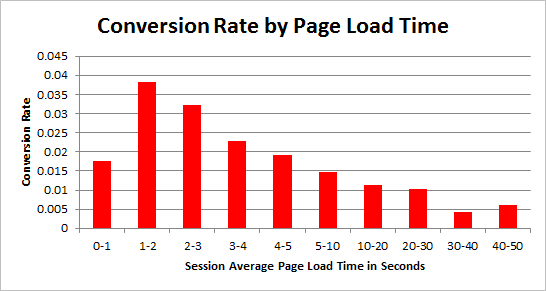
Source
- Cross-Browser Testing for Constant Experiences
Lastly, all e-commerce websites require to be examined from a distinct browsers-OS-device combo. The best way to ensure this is to execute end-to-end cross-browser tests across real devices and browsers.
Why select automated testing for eCommerce sites?
Automatic testing doesn’t completely replace manual testing; they form a shape that ensures superior quality while designing and developing an eCommerce website. In automated testing, test cases are implemented using the software as well as scripts. The main objective of this method is to execute tests in the shortest time, using recurring tasks and regression tests after every shift, which doesn’t waste your precious time.
Sometimes, even in this case, some parts of the procedure require intervention from a manual QA tester as well as to manage and develop automated test scripts as the system evolves. It is impossible to say which technique is better as it also depends on many factors, like project requirements, budget, time, resources, experience, relevance, and project structure. However, automated testing is better handled while others lend extra hours to perform tests.
With automated tests, the panic and chaos that accompanies any new code modifications can also be instantly put to rest. It also relieves the mundane procedure of manually test every module in silos and then yet again when integrated. The automated end-to-end test is a one-stop solution to obtain a holistic validation of the complete entire e-commerce site. Along with a responsive and agile framework, it makes sure uniformity across segments, simple front-end and back-end synchronization, and faster regression tests that keep the older functions in check while you put attention on executing new features.
Conclusion
40% of an e-commerce site’s revenue is created by its recurring customers. Creating an incredible buying experience is what assists in converting a transactional sale into a relational one. End-to-end automation tests remain to be a key factor for e-commerce websites to unlock this door of flawless customer shopping experience.
Thus, it is crucial to have a robust test strategy along with a smart automation procedure to compete and succeed in the market. With automated cloud-centric cross-browser test solutions like LambdaTest, teams have improved visibility into the state of downstream and upstream apps in the test system. It allows testing of the varied site functionalities across platforms and browsers at a much speedy pace! It leverages the cloud to its extreme potential.
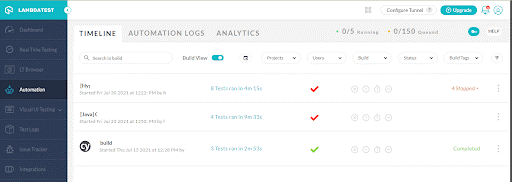
LambdaTest Automation Dashboard
Tools like LambdaTest let teams have transparent Selenium, Cypress, Playwright and Puppeteer testing efforts, allowing teams to understand the requirements and rules of apps outside of their own. Instead of setting up and managing an enormous on-premise device lab, teams can simply log in to access 3000+ real Android & iOS devices on the cloud for eCommerce tests.
By conducting thorough eCommerce website application testing, you can significantly reduce the number of errors that crop up when the website is made live for your customers/users.

Alex is fascinated with “understanding” people. It’s actually what drives everything he does. He believes in a thoughtful exploration of how you shape your thoughts, experience of the world.



